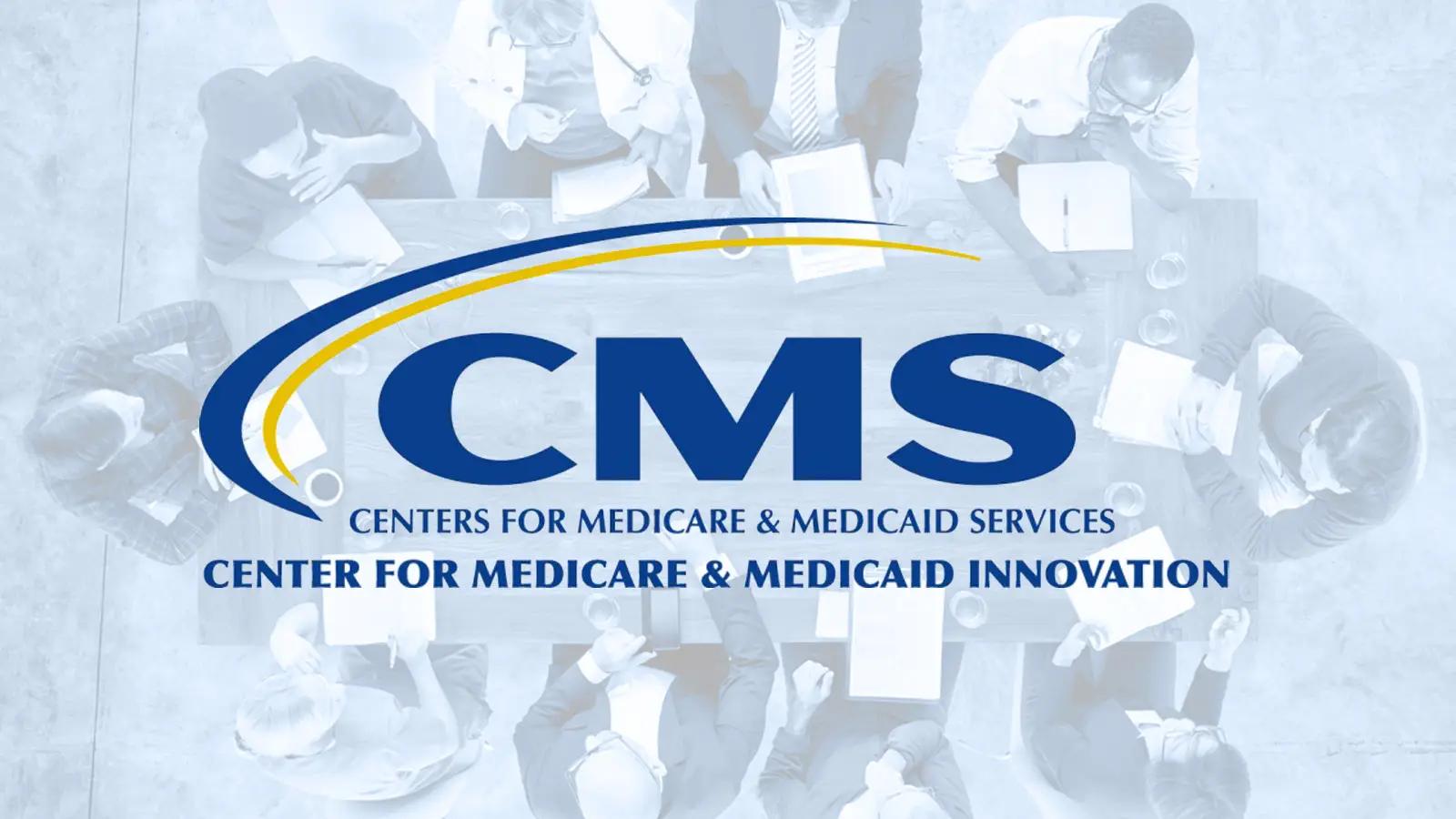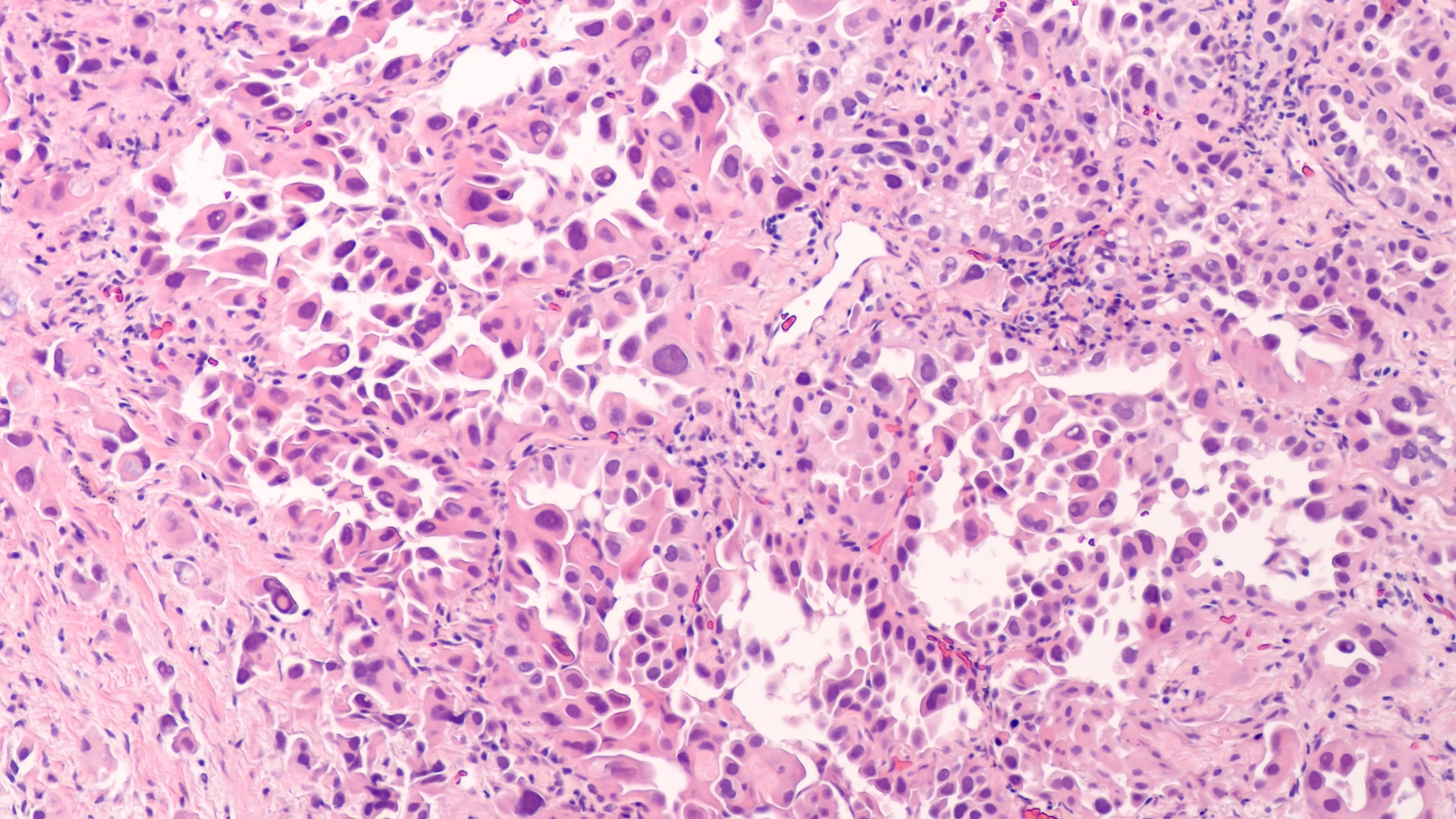Publication
Article
Evidence-Based Oncology
Bridging the Communication Gap to Overcome "Financial Toxicity"
Author(s):
Yousuf Zafar, MD, MHS, found that most cancer patients would like to discuss financial concerns with their doctors, but few actually do, for a variety of reasons.
Nearly 3 years ago, Duke Univer­sity’s Yousuf Zafar, MD, MHS, gave a name to the experi­ence of a growing number of cancer patients—including those with insur­ance—when he and a coauthor coined the term “financial toxicity.”1
In a pair of essays in the journal Oncol­ogy, they described the stress, cost bur­dens, and poor quality of life among pa­tients whose out-of-pocket costs were soaring along with cost of the block­buster drugs designed to treat their cancer. Most striking has been the phenomenon of nonadherence—pa­tients who skip doses, cut pills in half, or abandon prescriptions at the counter—because they can’t afford to pay.
What is an on­cologist to do? Much has happened, in the meanwhile, to advance the conversation that Zafar helped start in 2013; and, at the 4th an­nual meeting of Patient-Centered On­cology Care, he presented results from a recent study in The American Journal of Managed Care (AJMC) on the gap be­tween the conversations that cancer patients want to have with their doc­tors and what actually occurs.2 While this might seem frustrating, Zafar and his colleagues find that when patients and oncologists connect on cost issues, the outcome is often positive without any compromises in care.
Zafar described the cost conversation as a process; for someone like him who studies the value of cancer therapies, there’s the constant tug-of-war between the big picture and “the patient in front of me.” Patients, too, evolve in their thinking. “Particularly the first time that patients meet me as an oncologist, they don’t want cost on the list,” of treat­ment considerations. “And the question is, at what point does it become part of the decisionmaking, and when does it become important?”
LITTLE RELATIONSHIP BETWEEN COST, BENEFIT
The discussion over the high cost of cancer drugs has brought out some in­teresting facts, Zafar said. A JAMA Oncology study found very little relation­ship between cost and im­provement over the current standard of care among 51 cancer drugs. Despite what patients share with their doctors about the stress of paying for therapy, Zafar said, research shows the amazing steps patients will take to pay for care; 39% would be willing to sell their home.
The question for clinicians and poli­cymakers, of course, is, what happens to patients who experience this level of distress?
Zafar reviewed a study presented at the meeting of the American Society of Clinical Oncology (ASCO), which com­pared cancer patients, who declared bankruptcy, with those who did not. “What they found is that in over 7000 matched patients, those who declared bankruptcy had a 79% greater mortality risk,” he said.
Why does this happen? Zafar has studied this, and, among patients with insurance, there is a willingness to can­cel vacations, cut back on groceries, or spend retirement savings. All this af­fects quality of life and well-being. “But I think the factor that is most important and best explains this relationship be­tween financial distress and greater risk of mortality is quality of care. And, qual­ity of care is defined by adherence.”
He described a study involving ima­tinib (Gleevec), which found that within 6 months of starting the drug, patients with higher copays were 70% more like­ly to be nonadherent. More striking was that the threshold for the higher copay was $53 a month. Today, most copays for the oral agents Zafar prescribes are $80 a month. “This just goes to show how sensitive our patients and their budgets are to small changes as a result of cancer treatment.”
Zafar reviewed the value calculators created by ASCO and the National Com­prehensive Cancer Network, and the DrugAbacus created by Memorial Sloan Kettering Cancer Center. While they are helpful in some ways, “None of these really describe how much a patient is going to pay for any of these particular interventions,” he said. Things change patient to patient, month to month, making predictions very difficult.
TALKING TO PATIENTS WORKS
Zafar led a study published in AJMC, in September 2015,2 which found that 51% of cancer patients wanted to discuss cost considerations with their doctors, but only 19% actually do. The study, based on a survey of 300 patients taken between November 2012, and June 2013, found that the willingness to discuss cost increased as treatment progressed and the bills began to mount.
While comparatively few patients discussed their financial burdens, those who did got results. Fifty-seven percent said their costs were reduced, and 75% of these said this happened without any change to their treatment plan—mean­ing their doctor was able to press hard­er with the insurer or find the patient some financial assistance.
Why don’t patients bring up their fi­nancial stress to their oncologist? Some think it’s not the doctor’s job, and some are simply embarrassed.
Zafar said oncologists must keep in mind that the value equation will dif­fer for each patient, and it will change as the disease progresses. “There’s cost and value to society. There’s cost and value to the patient. The challenge is to figure out where we can find the over­lap.”
1. Zafar SY, Abernethy AP. Financial toxicity, part I: a new name for a growing problem. Oncology (Williston Park). 2013;27(2):80-81, 149.
2. Zafar SY, Chino F, Ubel PA, et al. The utility of cost discus­sions between patients with cancer and oncologists. Am J Manag Care. 2015;21(9):607-615.

Newsletter
Stay ahead of policy, cost, and value—subscribe to AJMC for expert insights at the intersection of clinical care and health economics.






